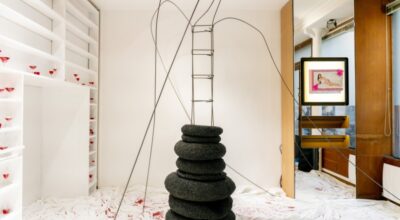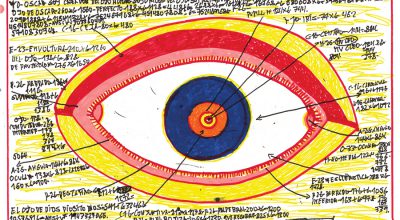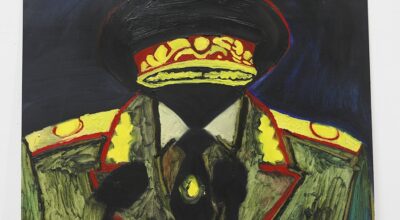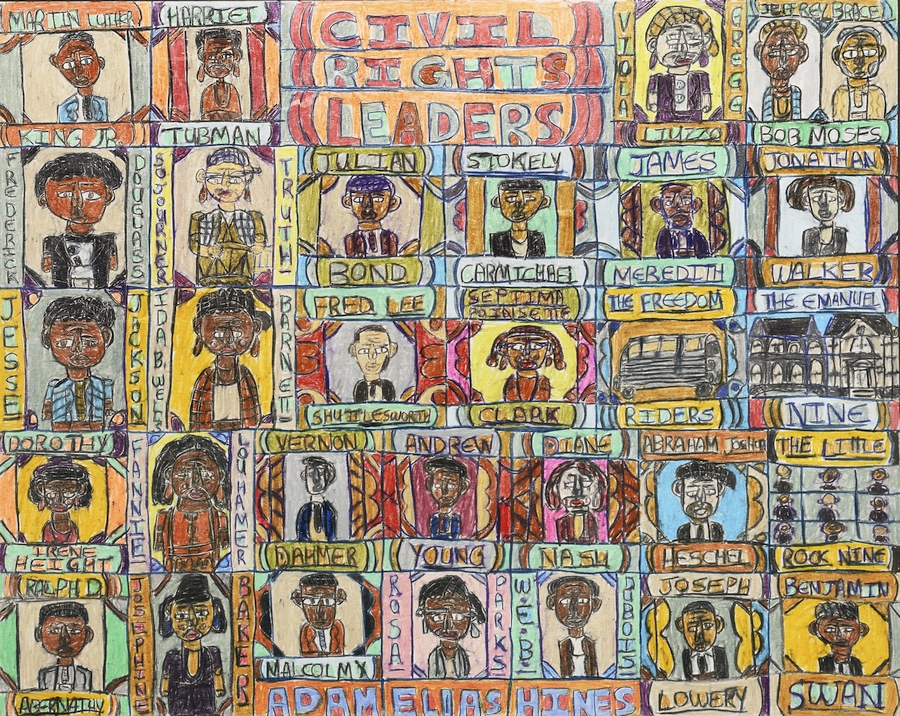
A SELECTION OF WORKS FROM THE OUTSIDER ART FAIR –PARIS
The Outsider Art Fair, the premier fair dedicated to exhibit self-taught Art, Art Brut and Outsider Art, celebrates its 8th Paris edition between October 21-30. For the first time, the fair will include a hybrid of online and in-person components, with viewing rooms featuring 39 exhibitors from 29 cities representing 12 countries –one of the most international editions of OAF Paris to date.
In tandem with the online fair is a special exhibition organized by former Pompidou curator Alison M. Gingeras taking place at the Parisian auction house Hôtel Drouot. Entitled Sexual Personae, the show examines archetypes of womanhood that are deeply embedded in Western culture, and brings together a panoply of iconic examples of archetypes from Outsider Art: from Henry Darger’s Vivian Girls to a contemporary Madonna by Elisabetta Zangrandi, to Eugene von Bruenchenhein’s pin-up photographs of his wife. The exhibition includes over 100 artworks by 45 self-taught, outsider and art brut artists from across the world, all sourced from the fair’s exhibitors.
“Without the influence of the Academy or the watchful social mores of mainstream art institutions, one could argue that an outsider’s conception of ‘woman,’ femininity, and gender is much less burdened than that of modern and contemporary artists. The lived experience of self-taught artists is transferred directly onto their images of women,” asserts Gingeras.
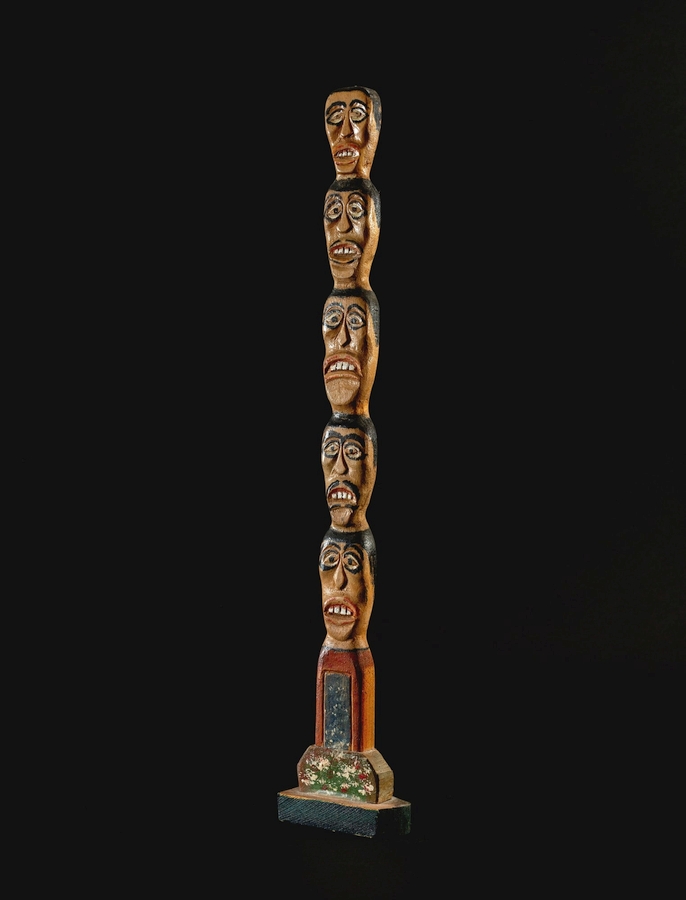



In keeping with the fair’s international scope, Indigo Arts (Philadelphia) brings a selection of Caribbean artists, including Guyodo –one of the key figures in the ad hoc community of visionary recycler-artists who call themselves Atis Rezistans. And folk artists from the American South, such as the Creole Clementine Hunter -renowned for her scenes of plantation life- are on view at Lindsay Gallery (Columbus, OH), which is also showing William Dawson’s wood carvings.
Dawson (1901–1990) was one of the few self-taught artists to achieve national recognition in his lifetime: first in 1982 with the seminal exhibition Black Folk Art in America: 1930–1980, at the Corcoran Gallery of Art in Washington D.C., and then in 1990 with a major retrospective, The Artworks of William Dawson, in which 250 works were shown at the Chicago Public Library Cultural Center. The artist carved in wood and painted pictures. Personalities from popular culture, such as Sammy Davis Jr., and political figures were subjects of his woodcarvings. Dawson completed about five hundred carvings and approximately 150 paintings in his lifetime.

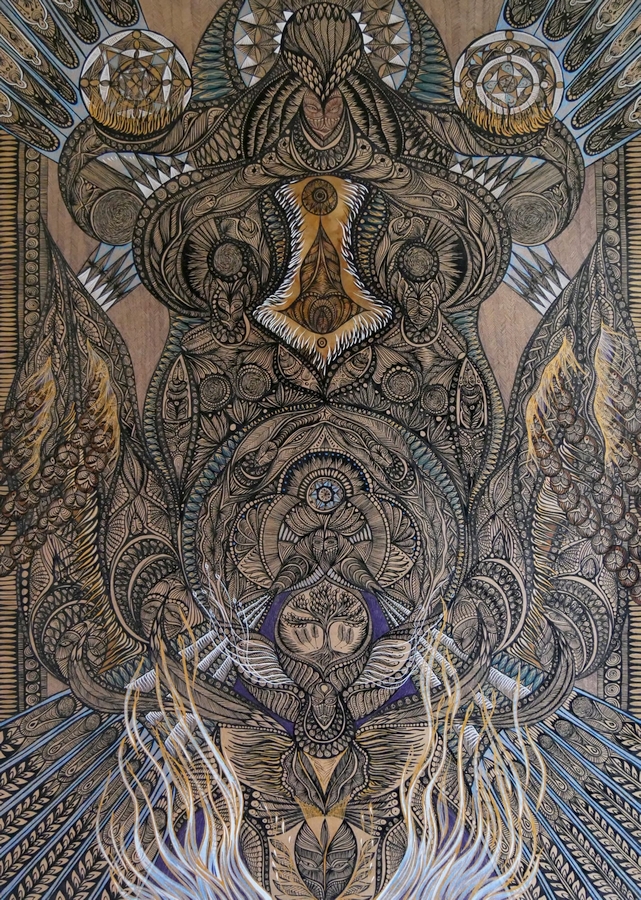
Aarne Anton/American Primitive (Pomona, NY) exhibits works by JJ Cromer and Max Romain. Romain was born in Haiti in 1930 where he absorbed different strains of spirituality and culture as a young man. Then he emigrated to the US, where he worked in hotels in The Bronx.
Other Haitian artists are represented at the fair. Indigo Arts shows Amina Simeon’s La Sirene (c. 1998), a Vodou flag with glass beads sewn on fabric. Born in 1959, she was one of the first artists working in the densely beaded style of drapo Vodou, or Vodou flag. She worked at a factory in Port-au-Prince making ornate beaded wedding dresses for the French market. The quality of her work was exquisite, and her designs were innovative. Her flags were sought after by collectors and visitors in the brief, and her studio grew to as many as twelve people at its peak. Amina Simeon died in 2000.
Also at Indigo, there is artwork by Mireille Delice (Delismé). Born in 1965, her career began in 1986, also working at a factory embellishing wedding dresses for export. Following the closing of the factory in 1990 due to political and economic issues, Delismé recalls having a dream in which she was visited by the spirits. When relating the dream to her father, an oungan (Vodou priest), he interpreted the message to be from the Vodou spirit or lwa Erzulie. Her flags represent her spirituality and are used for guidance, wisdom, and healing.
In the case of British artist Nick Blinko (b.1961), who has in the past been hospitalized, the need to make pictures is stronger than the desire for the psychic ‘stability’ brought by therapeutic drugs which adversely affects his ability to work. According to Professor Colin Rhodes in Outsider Art: Spontaneous Alternatives, «his images are constructed of microscopically detailed elements, sometimes consisting of literally hundreds of interconnecting figures and faces, which he draws without the aid of magnifying lenses and which contain an iconography that places him in the company of the likes of Bosch, Bruegel and the late Goya.» His work is at Henry Boxer Gallery (England), a space with other standout works by David Abisror, George Widener and Margot.
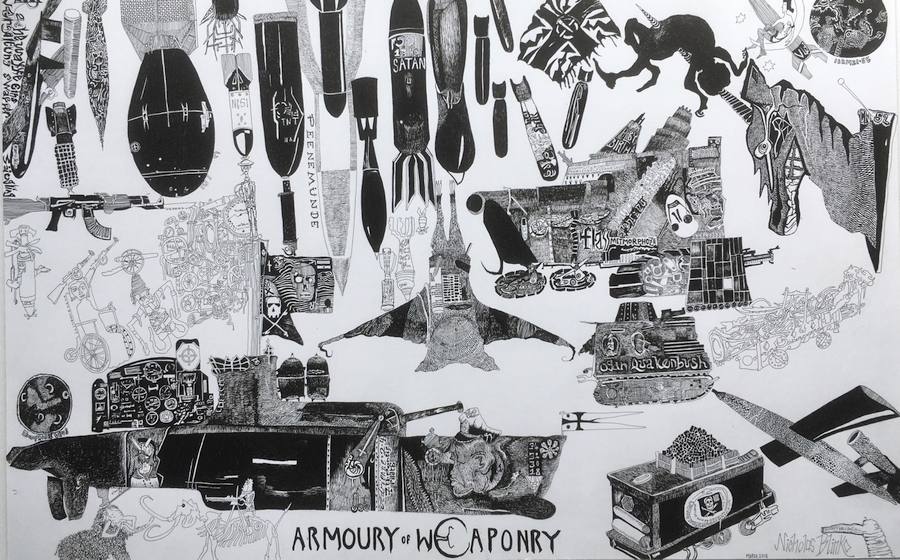
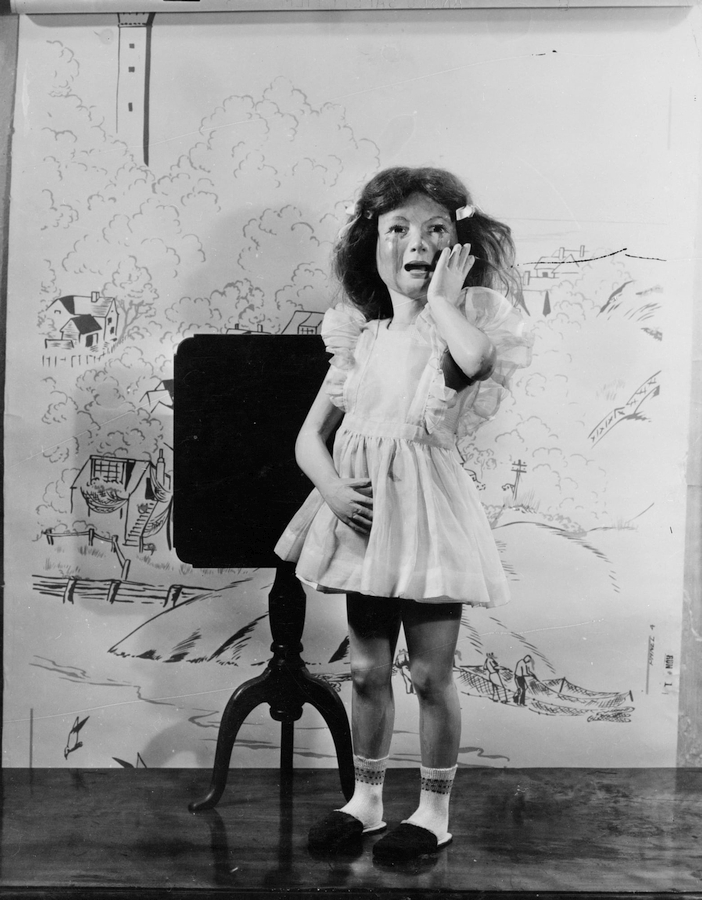
Galería MUY (Chiapas, Mexico) presents a selection of art of the Mayan and Zoque peoples, such as a coffee grower «peasant» living in the Chiapas highlands. His wide range of subjects includes fiestas, daily life, local history (including when electricity was installed), nature scenes and, above all, dreamscapes. Marked by a 1992 traffic accident that left him in coma for three months, his mature practice developed when his speech was blurred post-trauma. He has been an office holder in his community government, is member of a coffee cooperative, and is considered an outlier genius by the collegial group of plastic artists of Indigenous Chiapas.
Project Onward (Chicago) presents the work of Adam Hines (b. 1985), one of its founding members. A prolific artist who has over 10,000 individual pieces, Hines depicts in color pencil and marker what he has coined “The World Tour” –an extensive listing of places, people, animals, databank of famous people and “global phenomena.” Michael LeVell has been making art with the progressive art studios of Tierra del Sol Gallery (Los Angeles) since 1989. His devotion to the magazine Architectural Digest inspires his creative process to the point he often recreates photo spreads with his own original repeated visual motifs and color palette.



Against the porn-meets-pandemic, it would not be a timelier moment to consider an archival trove of explicit drawings that was recently unearthed by the artist Mark Wilson. Based on what is known of the Philadelphia Foreman it is reasonable to assume that he was an autodidact. Undoubtedly made for his own personal amusement and titillation, the Philadelphia Foreman’s discarded collection of erotic drawings is a rare and fascinating time capsule of American folk porn. Pornography and what they called «erotic realism» served as a «safety valve» to counter the detrimental effects of sexual repression, especially within the puritanical confines of American culture. The archive contains more than 120 drawings from the mid 1940’s-50’s. His work is represented by Wilsonville, an online gallery in East Hampton, New York, and is present in the exhibition Sexual Personae curated by Gingeras.
Also at her show there are works by Morton Bartlett (1909-1992), an artist who devoted himself to creating a fantasy family of perfectly sculpted children. Meticulously dressed and posed, Bartlett photographed them in staged scenarios, at once quotidian and dramatic: a girl curled up comfortably reading, dancing at a ballet class or a boy at the beach.
Discovered in their entirety after the distribution of his estate in 1993, Morton Bartlett’s work has since received international acclaim. The collection is now completely sold, and in private and major public collections, including The Metropolitan Museum and The Folk Art Museum, among many others. Bartlett’s work was debuted in a solo show in 2012 in Europe at The Hamburger Bahnhof, Berlin, which then continued on to Art Brut Musee, Lausanne, Switzerland. In 2013 his work was exhibited at The Venice Biennale and The Hayward Gallery, London.

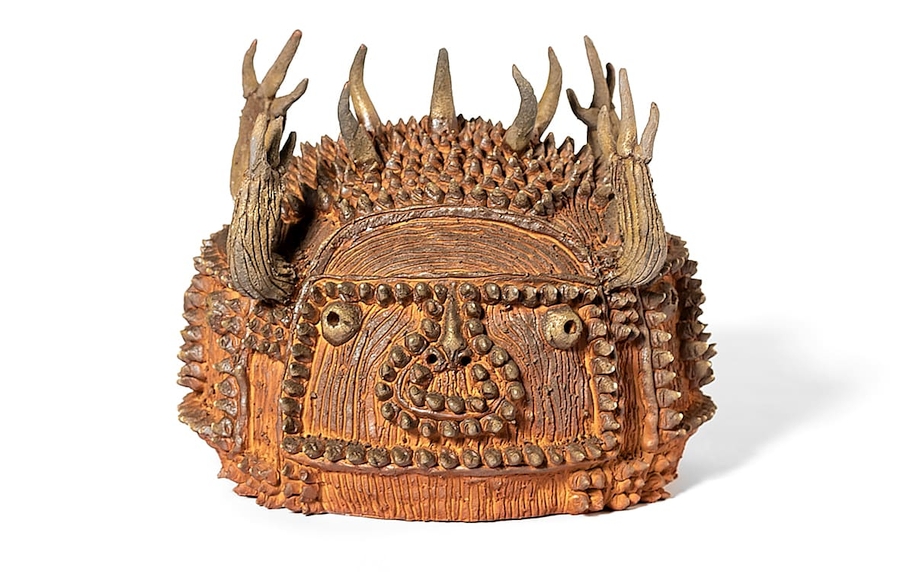
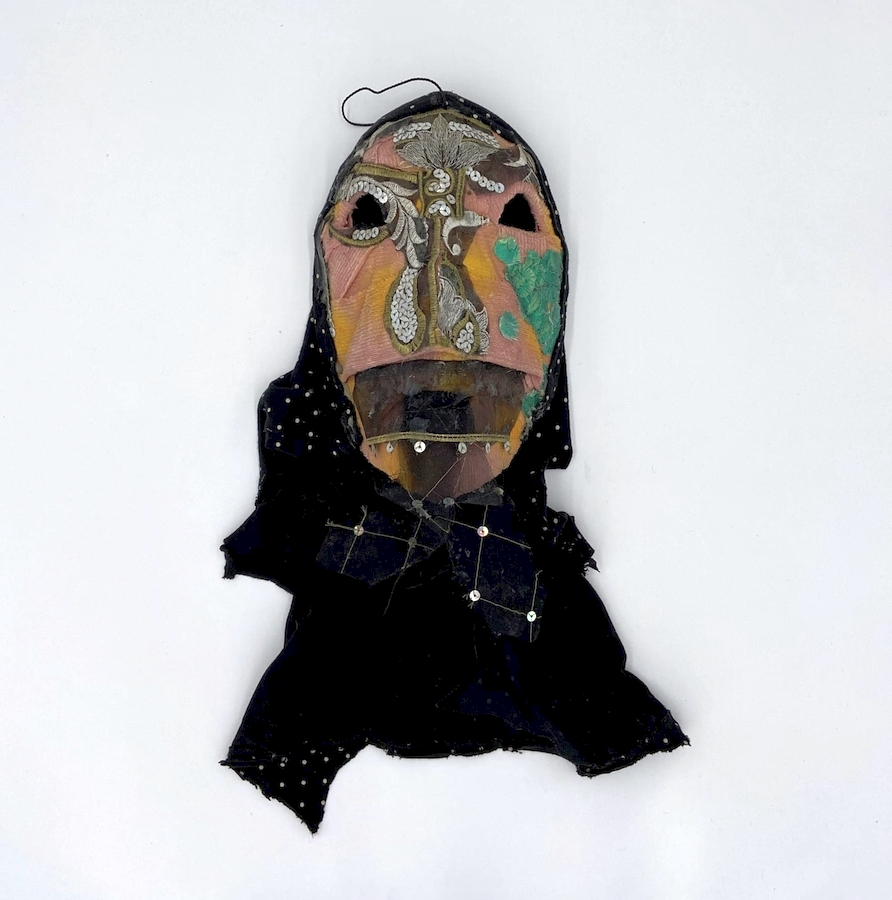
Guo Fengyi has drawn a lot of attention since her art came to light in recent years. She was born in Xi’an, central China, in 1942. She obtained her high school diploma in 1962 and found work in a rubber factory. However, severe bouts of arthritis forced her to give up her career at the age of thirty-nine. She turned to alternative medicine in the hope of alleviating her symptoms, and found a new spiritual path in Qi Gong. She started experiencing visions in 1989, as a result of which she produced large numbers of drawings, first on the backs of pages from calendars, then later on rice paper. She is showing with Andrew Edlin Gallery (New York).
Jennifer Lauren Gallery (Manchester, UK) shows ceramics by Japanese artist Shinichi Sawada (b.1982). Being autistic with little communication means that his works and their ‘thorns’ remain a mystery to us. There are however around fifteen-twenty different motifs that he looks to replicate each time but, saying this, each finished product is totally unique. Sawada’s work is now in collections around the world including Collection de l’Art Brut in Lausanne and the abcd collection in Paris, as well as in several contemporary artists’ collections. It was featured in Massimilioni Gioni’s Encyclopedic Palace at the Venice Biennale in 2013 and in a special booth curated by artist Javier Téllez titled The Doors of Perception at Frieze Art Fair in New York in 2019.
The real name and date of birth of Strange Knight –shown at Kushino Terrace (Fukuyama, Japan)- were not disclosed, and he lived a life of strangeness and solitude, as his name suggests. However, about 20 years ago, he decided to leave the city and open his own Creative Mask Museum. Whenever he appeared in public, he would wear his own masks to avoid the eyes of others; he lived as a masked man with about 20 rescued cats.
También te puede interesar
PIEL DE SERPIENTE
"Piel de serpiente", curada por Noelia Portela, es ante todo una aspiración refrescante fuera de cualquier particularismo, es un conjunto de obras que se abrazan, contaminan, se potencian, conversan, se tocan, exudan deseo por...
EL OJO ELÉCTRICO. ART BRUT EN LA CASA ENCENDIDA
La Casa Encendida, en Madrid, presenta la exposición El ojo eléctrico, una selección de la Colección Treger/Saint Silvestre, considerado uno de los acervos privados de Art Brut más completos del mundo, que se encuentra...
MARIANA BUNIMOV: LA BEAUTÉ SERA CONVULSIVE
El universo que presenta Mariana Bunimov (Caracas, 1972) en su primera exposición en la galería parisina Michel Rein, nos coloca en el centro de una encrucijada donde miles de imágenes, provenientes tanto de su...

